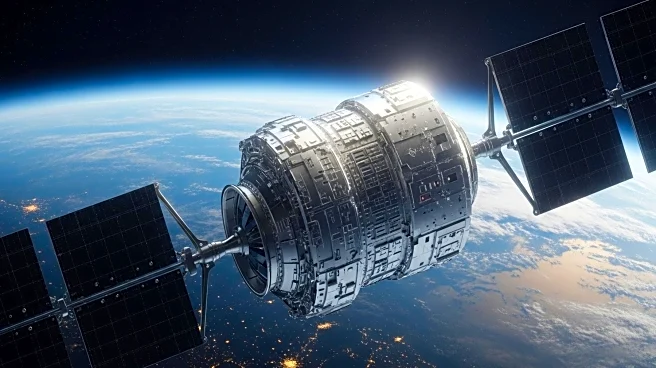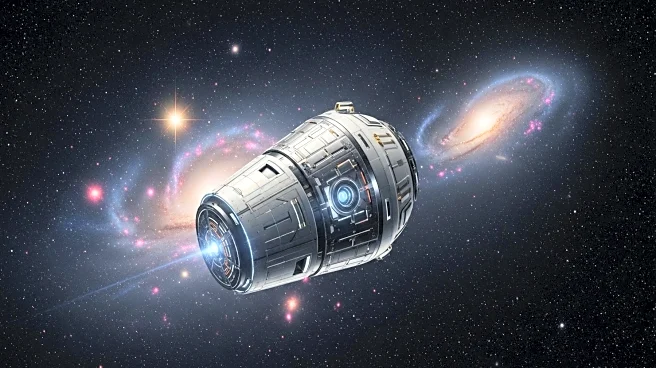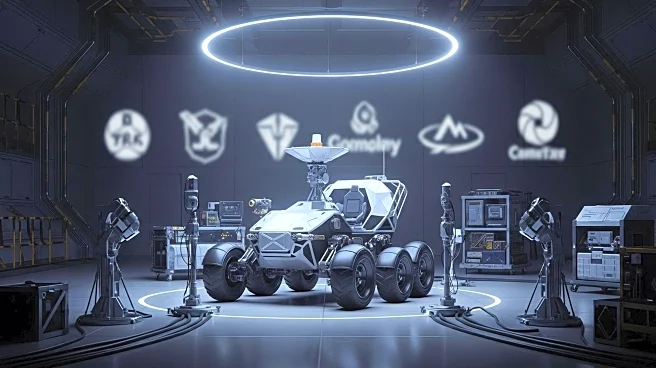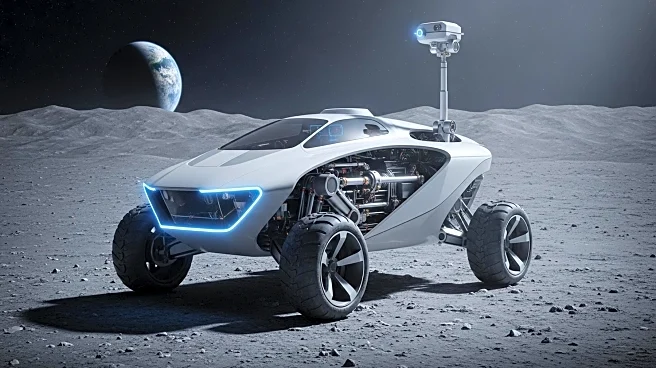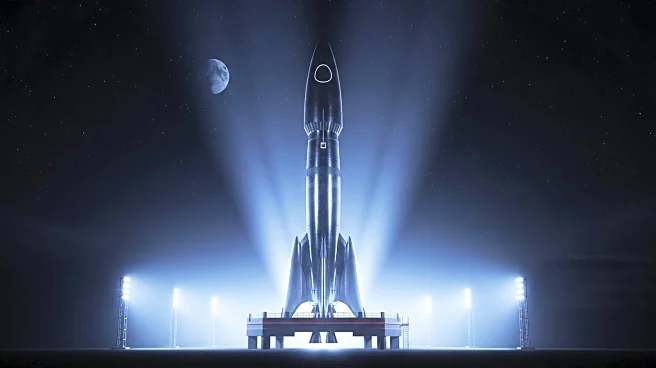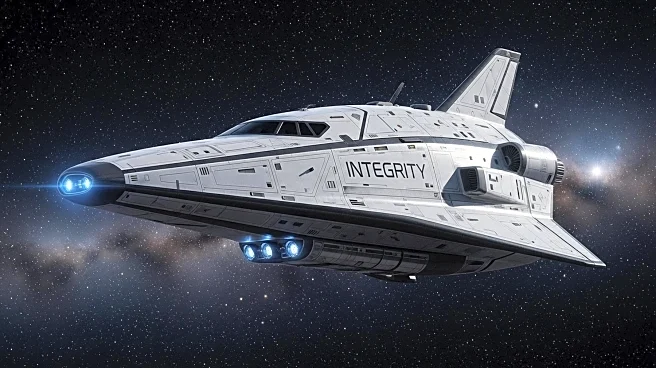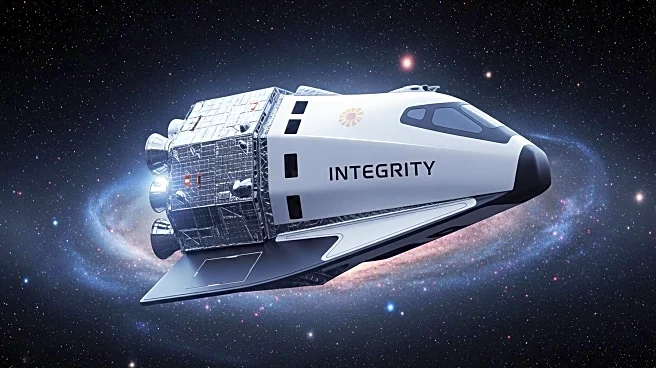What's Happening?
Lauren Edgar, a NASA geologist with nearly two decades of experience in rover missions on Mars, has been selected as one of the 10 candidates in NASA's 2025 astronaut class. Announced at the Johnson Space Center, this diverse group includes pilots, engineers, doctors, and scientists, all potentially set to participate in future missions to the Moon and Mars. Edgar, who has been instrumental in designing lunar science goals for the Artemis program, expressed her excitement and surprise at the selection. Her career has been deeply influenced by her early fascination with space, sparked by witnessing a space shuttle launch in her childhood. Edgar's new role as an astronaut candidate will involve intensive training over the next two years, preparing her for potential missions to the Moon's south pole and beyond.
Why It's Important?
The inclusion of Lauren Edgar in NASA's astronaut class underscores the agency's commitment to advancing human exploration of space, particularly with the Artemis missions aimed at establishing a sustainable presence on the Moon. Edgar's expertise in geology and her experience with Mars rover missions will be invaluable as NASA prepares for long-duration missions to Mars. Her selection highlights the importance of diverse skill sets in space exploration, as the new astronaut class will require a range of expertise to tackle the challenges of space travel. This development is a significant step in NASA's long-term goals of lunar exploration and eventual human missions to Mars, potentially paving the way for groundbreaking scientific discoveries and technological advancements.
What's Next?
The 2025 astronaut candidates, including Edgar, will undergo rigorous training at NASA centers, covering spacecraft operations, spacewalk simulations, and more. This training will prepare them for future missions, with a focus on the Artemis program's goals of lunar exploration and Mars expeditions. As NASA targets the lunar south pole for its Artemis missions, Edgar and her fellow candidates will play crucial roles in advancing planetary science and testing technologies for longer missions. The success of these missions could lead to a sustainable human presence on the Moon and serve as a stepping stone for future Mars exploration.

